Tired of looking at bare soil under trees? These 5 shade-tolerant shrubs will maximize greenery in problem areas
Established trees can create a challenging environment for other plants, so opting to grow resilient shrubs underneath them is your best bet
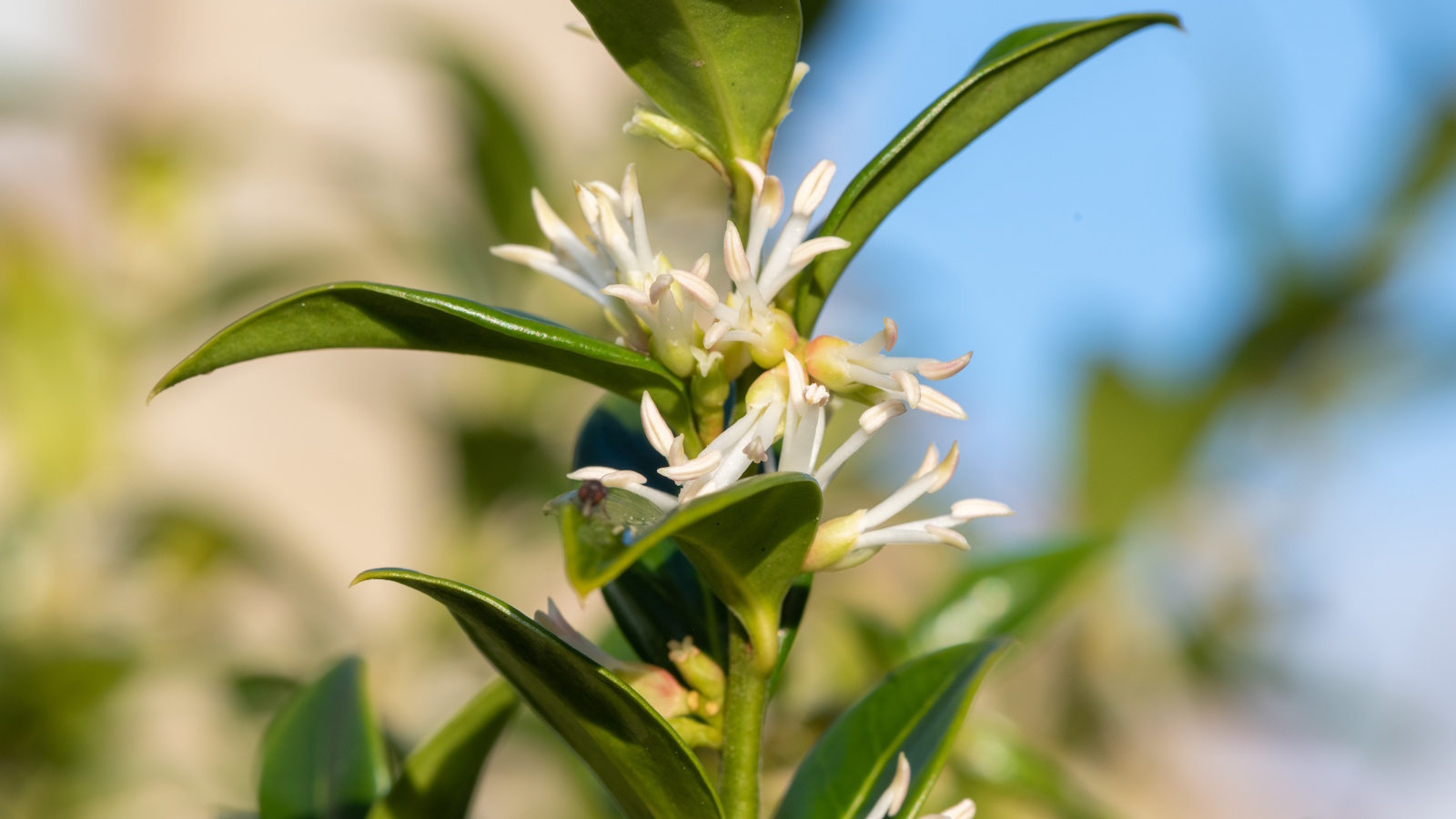
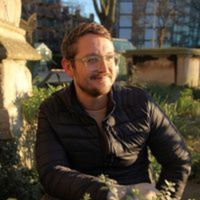
Borders underneath large trees can be challenging to cultivate. Whether you have a large oak, poplar or chestnut tree in your yard, often the ground underneath can appear dull and bare, save for a few opportune seedlings or weeds.
However, some shrubs are well-suited to these conditions, preferring the dappled shade of a larger, established tree overhead. In hot summers, this canopy can protect shrubs, shielding them from the harsh rays of the July sun.
If you are looking for some of the best plants for under trees, these five shrubs will grow quite happily in challenging conditions. From the scented daphne to the evergreen Japanese holly, these shrubs for under trees will help you to make the most of your growing space.
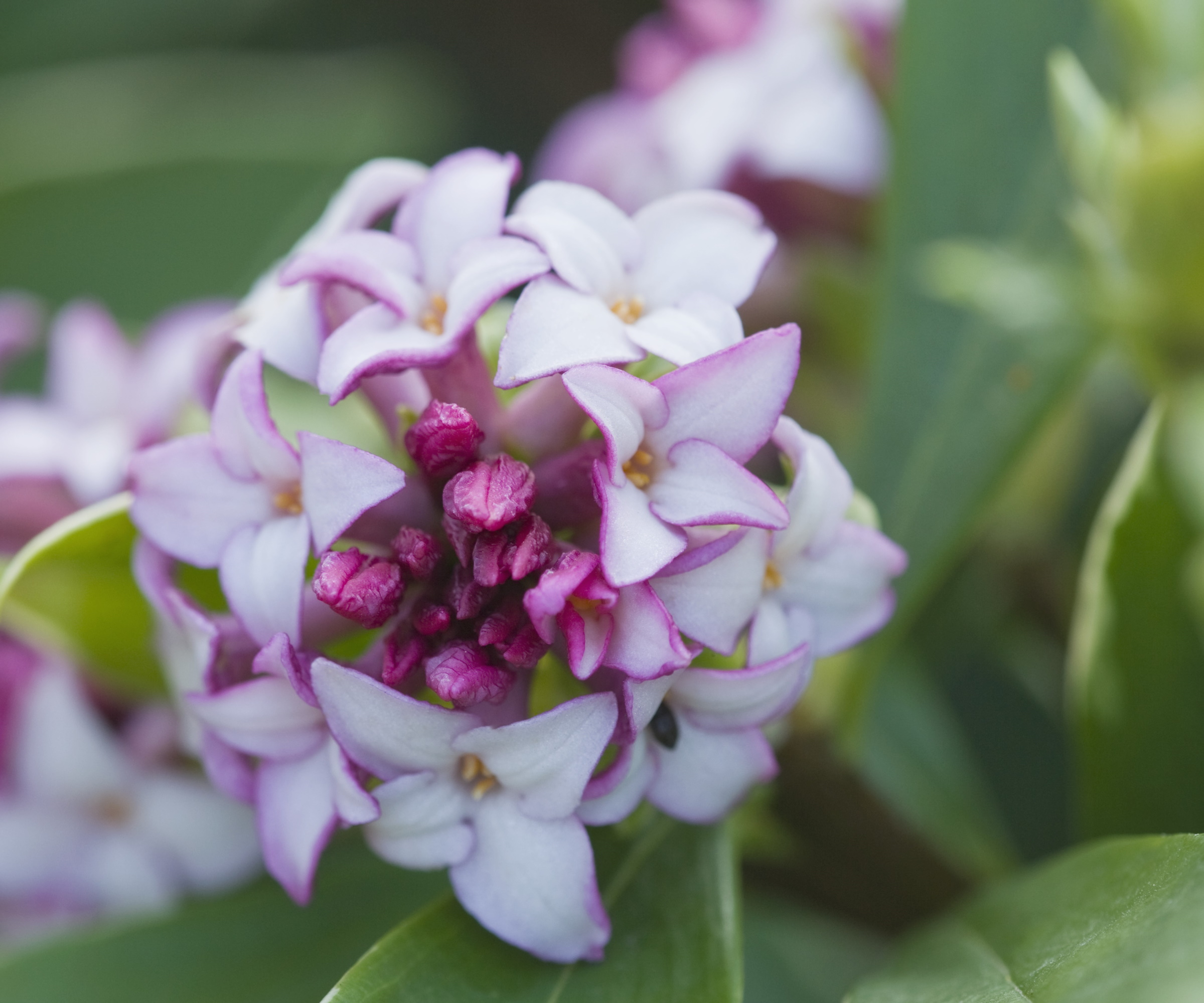
Best shrubs for under trees
Most yards typically have one, two or several established trees. Or, maybe you have none, but there is a large established tree in the neighboring plot. Whatever your circumstances, trees can prove challenging for other plants, creating a dry, shaded region underneath their canopy. For this reason, growing shrubs for shade or part-shade that are adaptable and resilient is the best course of action. Here are five shrubs for under trees to fill your borders with greenery.
1. Viburnum

'There are approximately 170 viburnum varieties found growing across much of the Northern Hemisphere, with a wide range of beautiful options for gardeners,' says Alex Kantor, gardening expert and owner at Perfect Plants. 'They thrive in partial shade and prefer well-drained soil. While drought-tolerant, be sure to water consistently during the first year while the shrub settles into your yard.
'Most - if not all - viburnums are woodland plants, growing at the edge of forests and thriving in dappled, partial sunlight,' Alex says. 'They are prized for their beautiful and often fragrant flowers, and can be used as hedges, understory plants or specimen shrubs.'
One native option would be the maple-leafed viburnum, Viburnum acerifolium, which is found growing in woodlands from New Jersey down to North Carolina. This species can be grown from US hardiness zone 4 to zone 8 and will tolerate dappled dry shade under the canopy of a large deciduous tree.
Design expertise in your inbox – from inspiring decorating ideas and beautiful celebrity homes to practical gardening advice and shopping round-ups.
Another option would be Viburnum rhytidophyllum, or the leatherleaf viburnum, seen in the image above. This evergreen option has attractive oval leaves and dainty pink blooms in spring. Leatherleaf viburnum seeds are available to order from Amazon.

Alex has worked in the horticultural industry for over 20 years and grew up on the farm since his childhood years. Alex is an expert on landscape trees, shrubs, and indoor plants. He is passionate about growing and helping others learn the trade. You'll see him driving around the farm with his sidekick, Cricket, in tow.
2. Azaleas
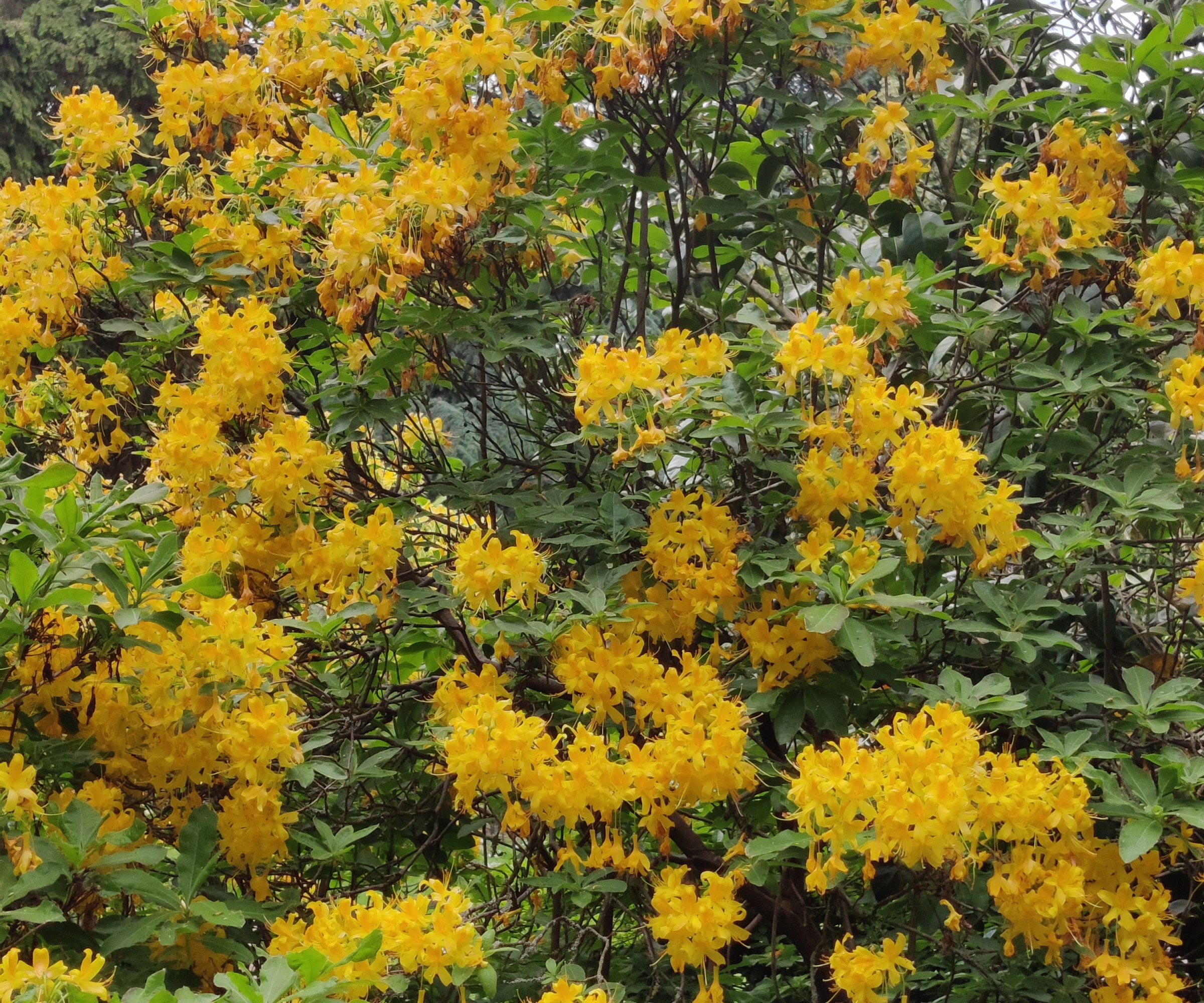
'Azaleas are well-suited for growing under large trees, especially in dappled or partial shade,' says Alex. 'They prefer well-draining, slightly acidic soil and benefit from a layer of mulch to retain some moisture during summer.
'Choose the 'Red Ruffles' variety, available from Perfect Plants, for a smaller option with spectacular color,' Alex recommends. Alternatively try growing the yellow azalea, otherwise known as Rhododendron luteum, seen in the image above, which can be grown in shady beds down to US hardiness zone 5.
As a former professional gardener, I previously cared for three yellow azaleas that grew in a shady woodland border, and I can testify that these are some of the best shrubs for under trees in deep shade.
'In terms of how to grow azaleas, water them regularly, especially during dry spells,' says Alex, 'which will help them to establish in the first few years. Annual mulching will also help to feed the plant, and avoid any need for supplemental fertilizer.'

This hori hori knife will help if you need to plant with care in root-filled soil under trees.
3. Daphne
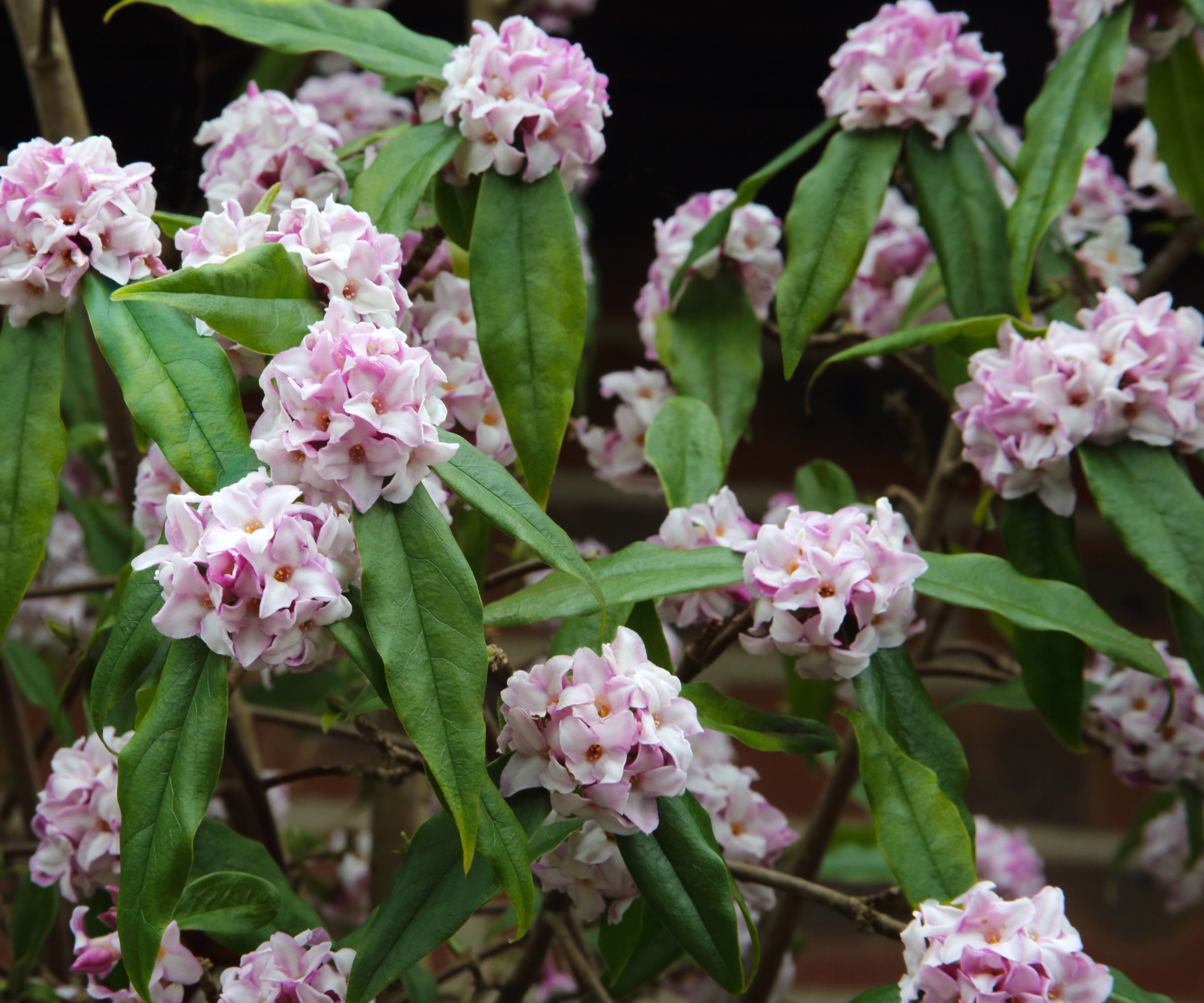
Daphne is an ideal understory plant, thriving in a part-sun-part-shade position under large trees. They can be grown from US hardiness zone 7 plus, and in milder regions, will retain their foliage year-round.
'Daphne are spectacular but slow-growing shrubs, typically only growing around two to six inches per year,' says Mike Murphy, garden expert and owner at You Had Me At Gardening.
The most common form, winter daphne, otherwise known as Daphne odora, is a compact shrub producing attractive pink, star-like fragrant blooms in winter. For an unusual species that is well-suited for dry and deep shade, try Daphne laureola, producing small yellow-green flowers that will illuminate borders in challenging spots under large trees.
'The optimal time to plant daphne bushes is during the fall or early spring,' Mike adds. 'These periods allow the plant to establish its roots before facing extreme temperatures.'
Daphne live plants are available from Walmart.
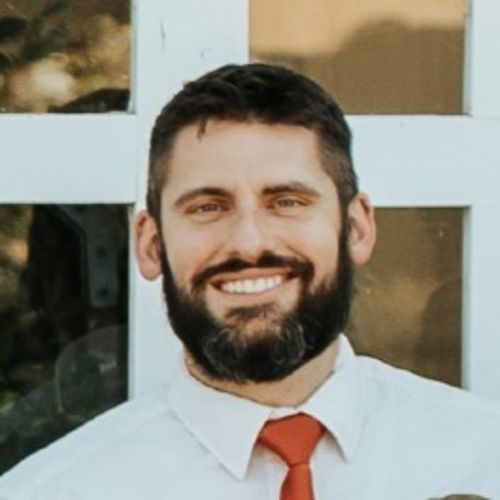
Mike grew up gardening with his parents and grandparents. He enjoys his backyard orchard of dwarf fruit trees, raspberry and blackberry patches, and raised garden boxes. In addition to his perennials, Mike enjoys sprouting new fruit and vegetable seeds every spring.
4. Japanese holly
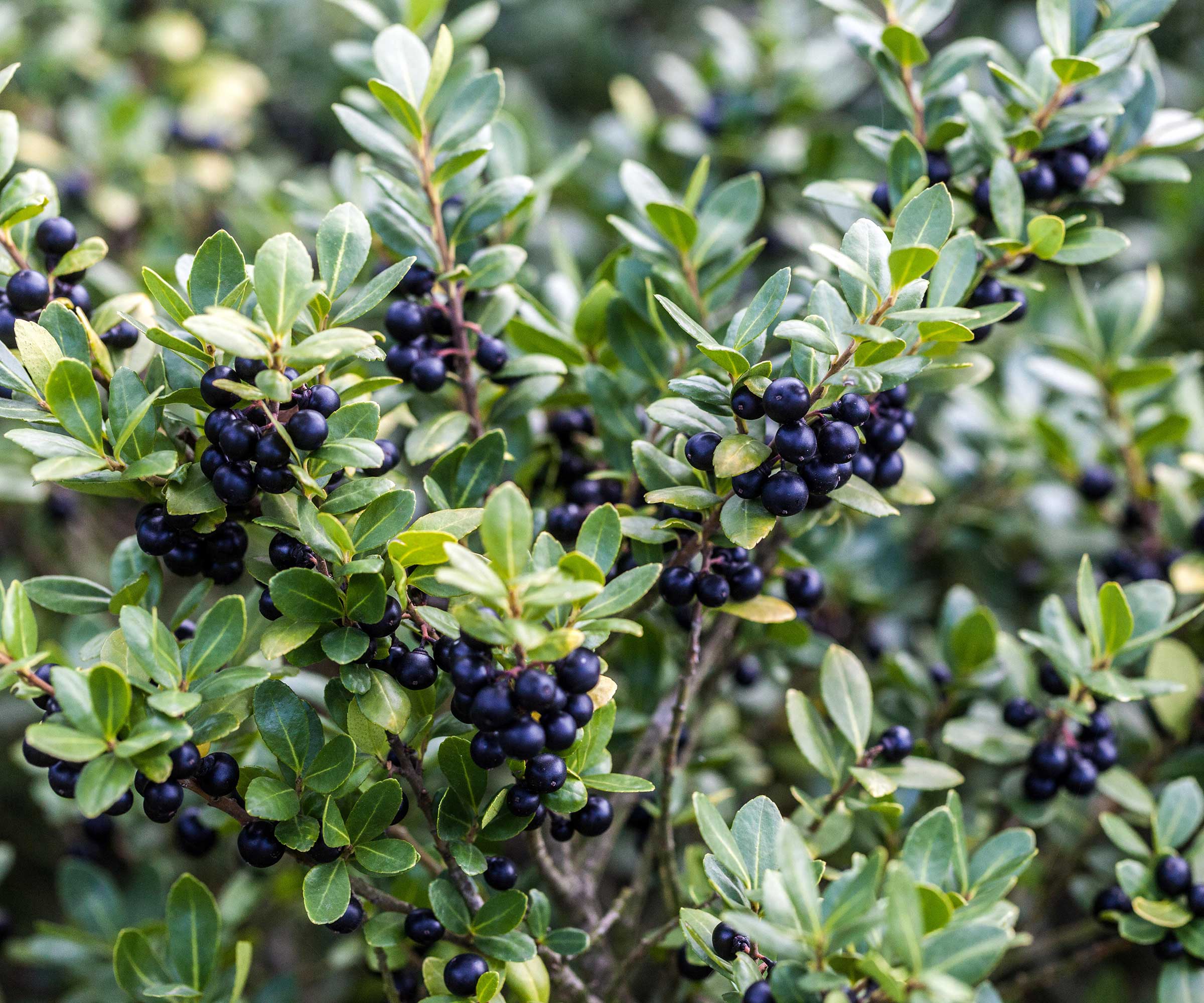
Japanese holly, or Ilex crenata, is considered one of the easiest evergreen shrubs to grow and can prove useful underneath large trees where conditions are tough. This slow-growing plant is similar to other topiary plants, including yew or box, in that it forms a dense spread of lush, green foliage.
Japanese holly is suitable for cooler regions and can be grown from zone 5 plus. What's more, it is also pest and problem-free, in stark contrast to box topiary. While you can shape them with regular pruning, you can leave them alone under large trees to form a loose, natural green covering. Dark berries will also help to add interest to your fall and winter garden.
Japanese holly live plants are available from Walmart.
5. Sweet box

If you are looking for some of the best fragrant evergreens, sweet box, or Sarcococca confusa, is one plant to consider. Native to Asia and the Himalayas, sweet box is a shade-tolerant understory plant, that can thrive in dry soil and deep shade. What's more, they are also considered some of the best ground cover plants to prevent soil erosion, helping to bind loose, dry soil in sloped sites.
When working as a gardener in London, I cared for several sweet box shrubs that had been planted underneath large deciduous London plane trees, Platanus × hispanica. I rarely paid the sweet box shrubs much attention and they proved to be tough and versatile plants.
In terms of how to grow sweet box, it does best from US hardiness zone 6 plus, positioned in deep shade or part shade. Water well during the first year, and annually apply a thick layer of mulch to help with moisture retention.
Sarcococca live starter plants are available from Walmart.
FAQs
How should I plant shrubs under trees?
Planting around the base of a tree can be a challenge. It is best to keep at least a few feet away from the trunk of the tree, and to dig smaller holes using a trowel or hori hori knife, to avoid disturbing the tree roots in any way. For this reason, it is best to use starter plants that will eventually grow into larger shrubs. While this requires a degree of patience, starting small will produce the best results.
Planting one or more of these shade-tolerant species under large trees will help cover the bare patches of soil in your yard. Always remember, right plant right place, and in this case, using woodland plants in the understory of your garden will help to maximize greenery in challenging borders.
For more garden inspiration, see our guide on the best trees for water absorption, to help reduce waterlogging and wet borders in your yard.

Thomas is a Content Editor within the Gardens Team at Homes and Gardens. He has worked as a professional gardener for both public spaces and private estates, specializing in productive gardening, growing food and flowers. Trained in Horticulture at the Garden Museum, he has written on gardening and garden history for various publications, including The English Garden, Gardens Illustrated, Hortus, The London Gardener and Bloom. He has co-authored a Lonely Planet travel book, The Tree Atlas, due out in 2024.

